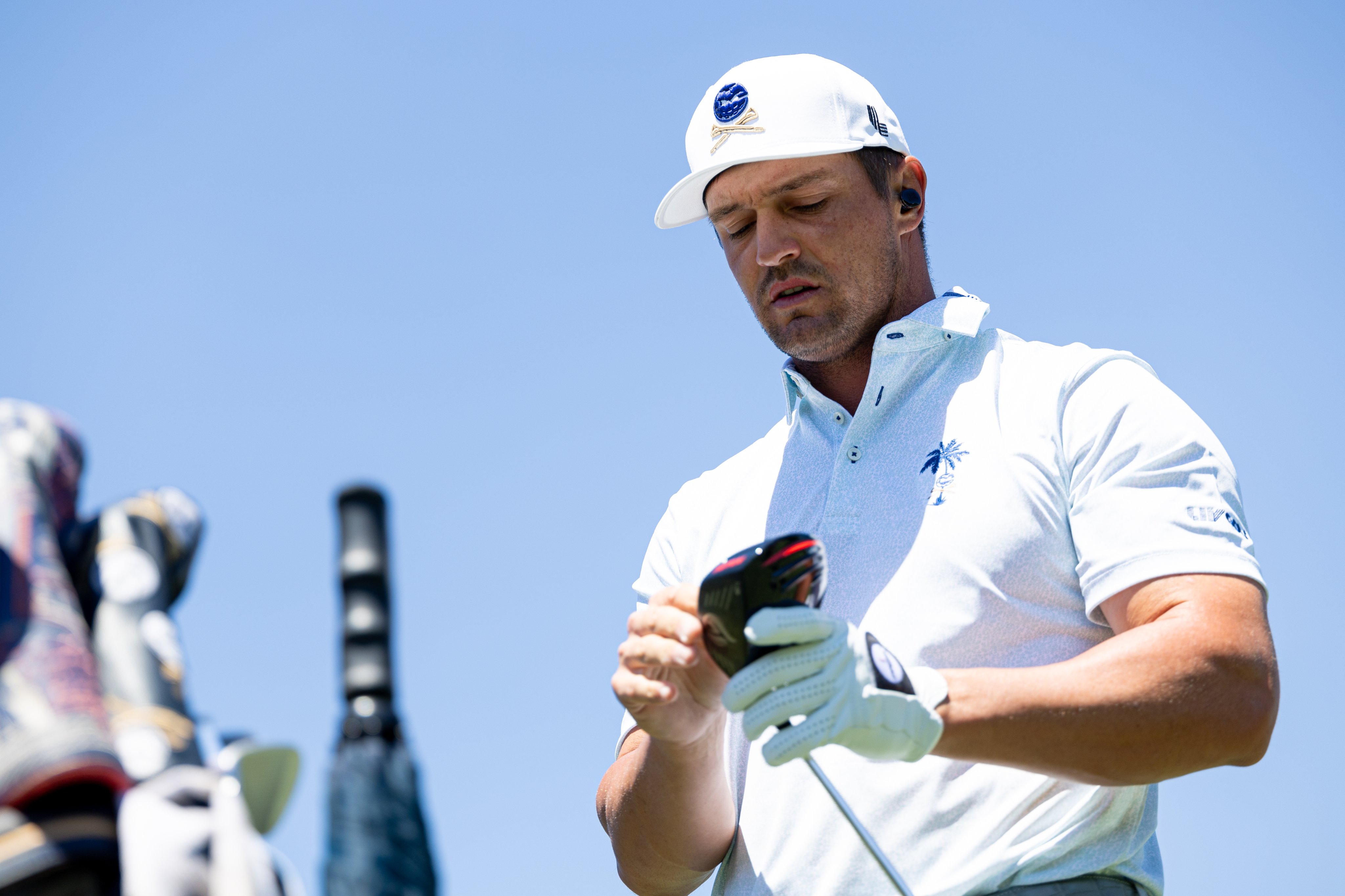Golf Instruction
4 Simple Stretches for Better Neck Rotation
It’s a perfect day for golf as you step up the first tee.
Your buddies quiet down and wait for your club to contact the ball.
You start your back swing and then shift your weight beginning your downswing.
You are close to contacting the ball for a solid shot when it happens. Your head lifts up early to look down the fairway at what would have been a line drive down the center. Instead you shank the ball into the rough.
It’s happened to all of us but what seems like a mistake during the swing could actually be related to your cervical spine range of motion.
While our example showcases the lack of keeping our eyes on the ball and our head still, there is actually a significant amount of neck rotation that occurs during the golf swing. We tend to think of neck or cervical rotation as looking to our left and right as our body stays stationary. During the golf swing the opposite happens.
We achieve cervical rotation by rotating our torso on a stable head. We require around 70 degrees of left and right rotation to achieve a solid turn during our swing.
Without this cervical flexibility our head follows our body during our back swing then follows the body during the down swing. It’s similar to hitting a moving target.
So how can our frustrated golfer in our example determine if he just made a mistake or does have cervical range of motion limitations that need to be addressed?
Here’s a simple screen I like to use:
- Stand with arms at your side.
- Turn your head to the left and attempt to touch your chin to your clavicle or collar bone.
- Be aware of any cheating such as leaning or shrugging your shoulder to achieve this position.
- Repeat this exercise to the right side.
So, how did you do? Was it difficult? I’m a doctor of physical therapy and I’ll be honest, I have trouble with this movement today. I know I need to stretch out.
Here are some simple stretches you can implement immediately for increased cervical rotation.
Upper Trapezius Stretch
The upper trapezius is a large triangular muscle that extends from the upper back and into the skull. This is a common area for stiffness that can impact cervical motion.
Here’s how we can stretch this muscle:
- Place your left arm behind your back.
- Tilt your right ear to your right shoulder.
- With your right hand move your head so your nose is pointing at your left hip.
- You will feel the stretch in the left upper trap muscle.
- Hold for 15-30 seconds and repeat 3 times.
- Repeat with opposite side.

Doorway Chest Stretch
- Stand in a doorway and step forward though the doorway with one leg.
- Pace your forearms on the door frame at chest height.
- Lunge onto your front leg until a comfortable stretch is felt in your chest.
- Hold for 15-30 seconds and repeat 3 times.
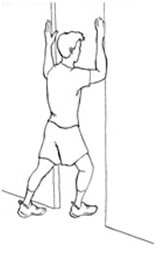
If you’re on the course you can also place your right forearm on the frame of a golf cart and turn to the left to feel this stretch. You can then repeat with the opposite side.
Scapular Retractions
- With your arms by your side, slowly squeeze your shoulder blades together.
- Hold for 5 seconds and relax.
- Repeat 10 times, rest for 1-2 minutes and repeat a second time.
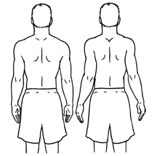
A great addition to this exercise is using resistance bands to provide some resistance.
Scalene Stretch
The scalenes are muscles along the side of the neck.
- Place your left arm behind your back.
- Tilt your right ear to your right shoulder. You can use your right head on your head to increase this stretch.
- You will feel the stretch along the side of your neck.
- Hold for 15-30 seconds and repeat 3 times.
- Repeat with the opposite side.
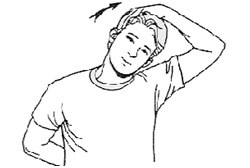
There are 4 simple stretches our fellow frustrated golfer could do before the second tee.
Remember that long drives are made with club head speed. The best way to achieve club head speed is with flexibility to achieve a rotational coil that when unleashed creates a whipping effect of the club head.
Stop trying to muscle the ball and start stretching more.
Cover Photo by State Library Victory Collection on Flickr
-
Equipment3 days ago
Bryson DeChambeau is Using Custom 3D Printed Irons at The Masters
-

 Fantasy Golf Predictions1 week ago
Fantasy Golf Predictions1 week agoFantasy Golf Picks, Odds, and Predictions – 2024 Masters Tournament
-
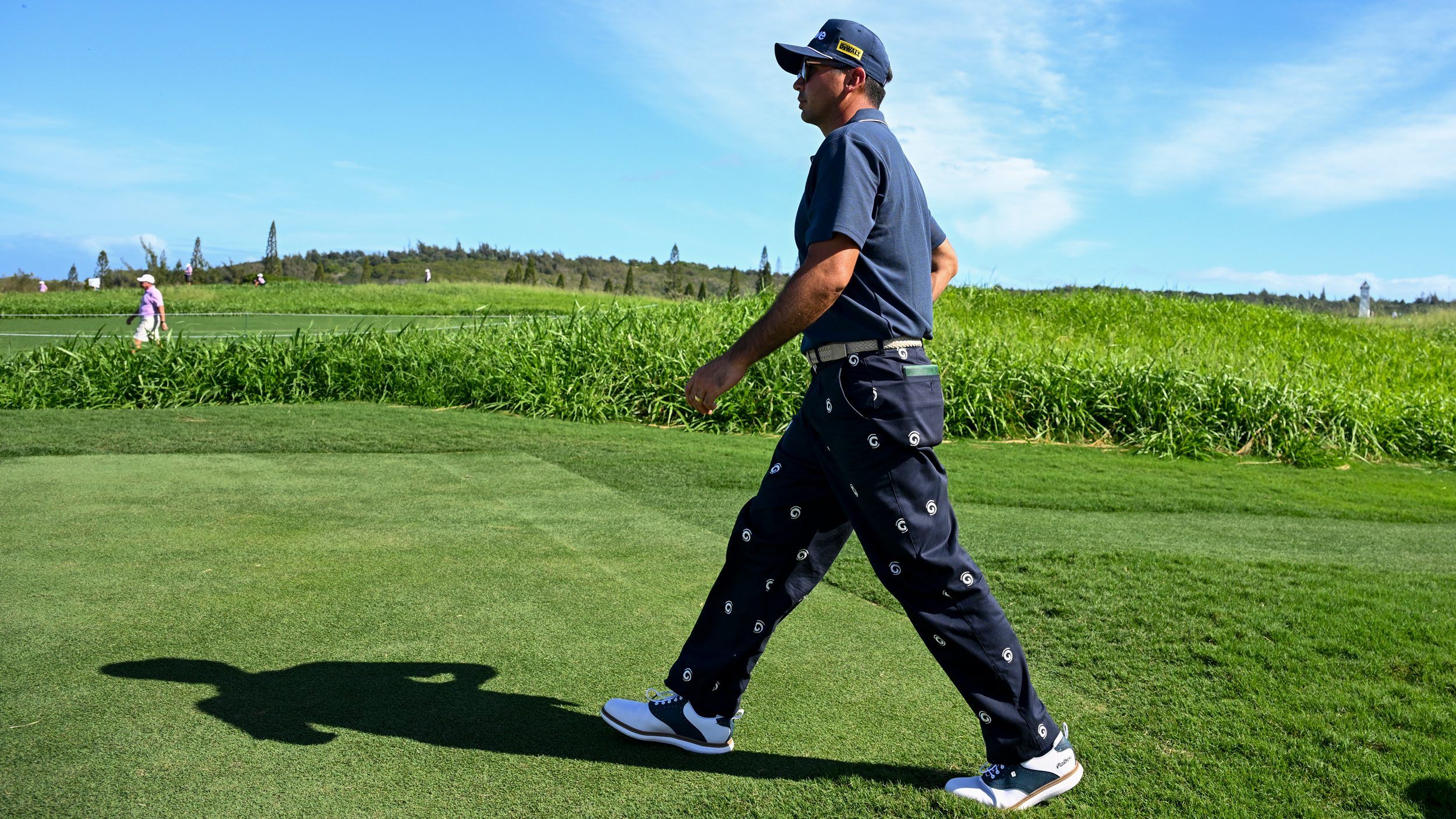
 News1 week ago
News1 week agoMalbon Has Jason Day Looking DAPPER for The Masters
-

 News1 week ago
News1 week agoDark Skies Ahead: Masters Forecast to Favor Bad Weather Golfers
-

 News1 week ago
News1 week agoLANDSLIDE: Brandel Chamblee Predicts a Runaway Victory for Past Masters Champ
-
News4 days ago
U.S. Open Champ Takes a Dig at DeChambeau, but Is It Warranted?
-

 Fantasy Golf Predictions22 hours ago
Fantasy Golf Predictions22 hours agoFantasy Golf Picks, Odds, and Predictions – 2024 RBC Heritage
-

 Apparel5 days ago
Apparel5 days agoViktor Hovland Joins Team Puma











